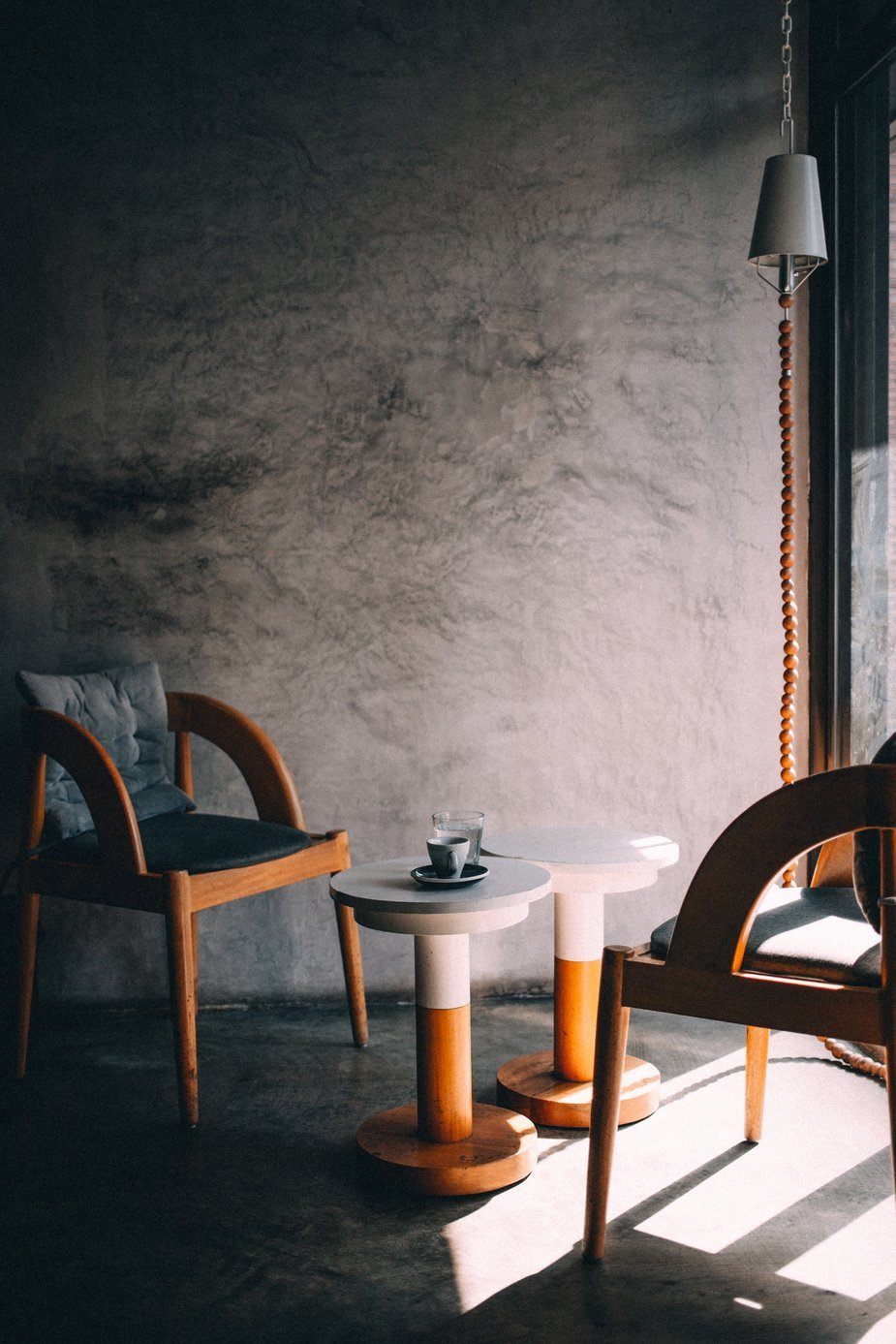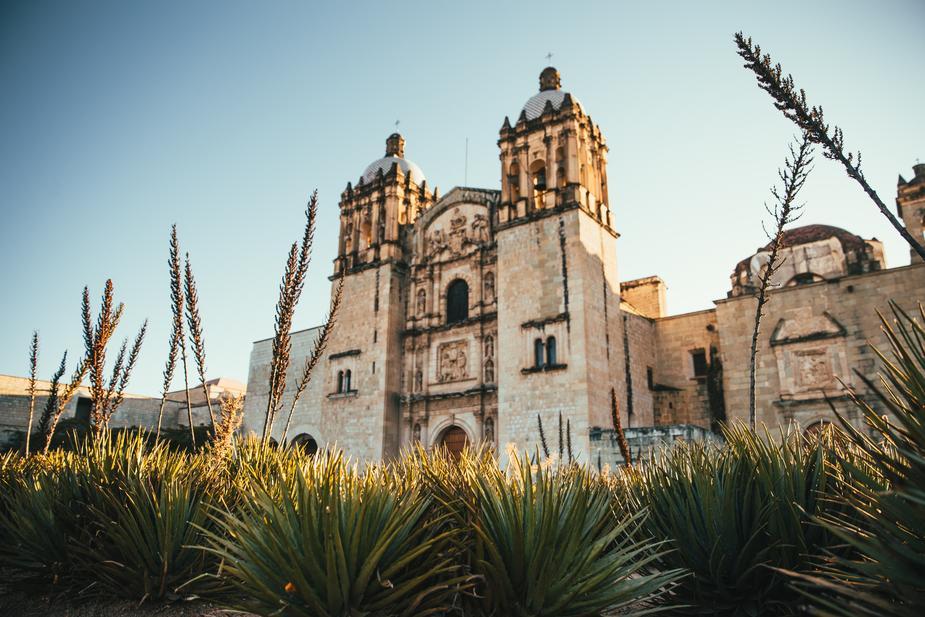
Solid Wood Furniture – Know your Wood
Most types of wood can be used for furniture. However, three factors come into play when choosing which type of wood to use: durability, price, and color.
Hardwood and softwood are how people to refer to the various types of wood and contrary to popular belief, these terms have nothing to do with the harness of wood. Botanically, when people refer to hardwood they mean the wood that comes from deciduous or flowering trees, and softwood comes from conifers. Both wood types can be used for furniture making, structural, and other purposes.
Differences between hardwood and softwood
- Hardwood takes longer to grow; hence, they are more expensive.
- The close grain of hardwood makes it durable and it requires low maintenance.
- Softwood is evergreen and less dense than hardwood, but grows tall and straight, making it easier to cut and process.
- Softwood readily absorbs adhesives, resulting in better finishes.
Hardwoods
Mahogany
A very popular choice for furniture, Mahogany is a beautiful, durable, tropical hardwood and its reddish-brown color darkens over time. The wood itself is free of voids and pockets and it has a straight grain with a medium texture and moderately heavy density.
Walnut
Walnut is a popular hardwood for furniture because of its rich colors that can range from pale brown to a dark chocolate brown. It also has darker brown streaks. This fairly lightweight wood has a medium texture and its sapwood is pale yellow-gray to white in color with a moderately open grain. It is also popularly used for musical instruments and gun stocks.
Red Oak
With 600 oak species, all found in the northern hemisphere, some are deciduous while some are evergreen. This pinkish red to blonde wood is hard, strong, heavy, and durable. It is resistant to fungal attacks and has varied openly porous patterns in its grain.
Ash
Ash trees grow in most parts of the world and their wood is smooth to the touch. Its durability, toughness and flexibility make it easy to work with and carpenters love to work with it, except for its distinct smell that is quite unpleasant when handled. It has a light creamy-brown color and is open grained with some brown streaks.
Birch
The birch is prevalent to the northern hemisphere and is related to the oak, but much harder. Birch plywood is a common choice for more affordable furniture because of its availability and it’s also hard and stable. It has a light reddish brown color, but sapwood is nearly white. Although its grain is usually straight it’s sometimes wavy with small pores.
Maple
Found in Asia, Europe, North Africa, and North America, maple is sturdy, resistant to splitting, and durable. It is a popular for kitchen furniture because it can be cleaned with a damp cloth. The wood has a reddish brown color but sapwood is often nearly white or off-white. It has a moderately hard to strong density and a closed grain that is usually straight.
Cherry
The rich pinkish-brown color of the freshly cut cherry tree darkens to a medium reddish-brown over time. Its flexibility and smooth grain make it a popular choice for furniture as does the fact that it steams easily, allowing for curved designs.
Beech
Native to Europe, Asia, and North America, beech is durable and resistant to abrasion and has a lovely pink to reddish-brown heartwood color. The sapwood is creamy to pink and beech also steams-bends readily. It gives furniture a dated look, making it a popular choice for furniture makers.
Teak
Native to India, Myanmar, and Thailand, teak is the hardest and most durable wood, hence, its popularity for outdoor use. It is resistant to rotting, even when exposed to all types of climatic conditions but is expensive and hard to find. This is a heavy and strong wood that has a golden or medium-brown color that darkens with age. Its grain is usually straight.
East Indian Rosewood
Rosewood is not only found in India, but also Brazil and Madagascar. It needs to be properly dried; otherwise it may not be durable. Even though it has chalky deposits making it difficult to work with, it is one of the toughest woods. Colors vary from golden-brown to deep purplish-brown with darker brown streaks in a narrowly interlocked grain.
Softwoods
Parana Pine
Native to Brazil and its surrounding areas, Parana pine has no resin ducts, pitch pockets and streaks. Even though it has a higher shear strength and nail holding capacity than other softwoods, it tends to warp and distort during drying and compression and is used mostly in construction.
Eastern White Pine
This western North American native is light brown and turns golden-yellow when exposed to sunlight over time, but is a fairly porous wood. It has a soft and very light density with a difference in grain between winter and summer wood.
Lodgepole Pine
The tree of the Lodgepole pine can live over 300 years (if not attacked by the bark beetle) and is native to Northern America. It has light reddish to yellowish-brown color and a straight grain with strong lightweight density.
Pitch Pine
Another native of western North America, pitch pine grows up to 60 feet in height with a diameter that can reach 3 feet. Resistant to fire and abrasion, it has a high resin content making it resistant to decay. It has a soft, lightweight density and is straight grained with a reddish-brown color. Its sapwood is yellowish-white.
Scots Pine
Scots pine is one of the strongest softwoods available and is native to northern Asia and Europe. It is a light reddish brown, reasonably strong wood with a straight grain that is used mostly in construction and interior joinery.
White Spruce
Found in all the northern regions, white spruce turns, planes, and molds nicely, but is not very resistant to decay. Its colors range from creamy white, light yellow and red-brown and it has a moderately hard density. It has a fine and consistent grain but is mostly used for pulpwood, construction, crates and joinery work.
Red cedar
Grown in the eastern United States, red cedar is the name given to various varieties of cedar. It is resistant to decay, insect attacks and is highly aromatic. Even though it planes and shapes easily, it has moderate screw and holding properties. Its color is red or violet brown and it has a straight grain with many knots. It has many uses, but is especially popular for outdoor furniture and fencing.
Fir
Fir trees usually grow in the mountainous regions of all the continents. However, in Africa they are only found in the north. The wood has low shrinkage and reasonable stability with a medium-weight, fairly hard density. It is strong an elastic and its grain is usually straight. It has a yellowish to reddish-white color.
Larch
Larch is found in the cooler climates of the northern hemisphere but its wood is not very resistant to fungal attacks. Its natural resin makes it resistant to rot and pests and the wood usually has small knots. Its colors can range from reddish-brown, yellow to almost white and it had good strength density. It mostly has a straight grain and oily texture making it ideal for exterior use.
Western Hemlock
The species of this tree is native to the rainforests of west coast of North America and the wood has an excellent strength-to-weight ratio. It is a termite resistant wood that can turn, plane, and shape well. Its color is light reddish-brown and has a coarse, uneven texture with a straight grain. If it is to be used outdoors it requires good sealing.
Yew
The heartwood of the yew is very tough, durable, and highly elastic. The yew is native to the whole of Europe, except for its eastern regions. Its wood is resistant to attacks from most insects and can bend readily and spring back. Its colors vary from orange-brown to purple-brown and it has a straight grain and uniform texture. Besides furniture making it is also used for instruments, bows for archery, and carvings.



























